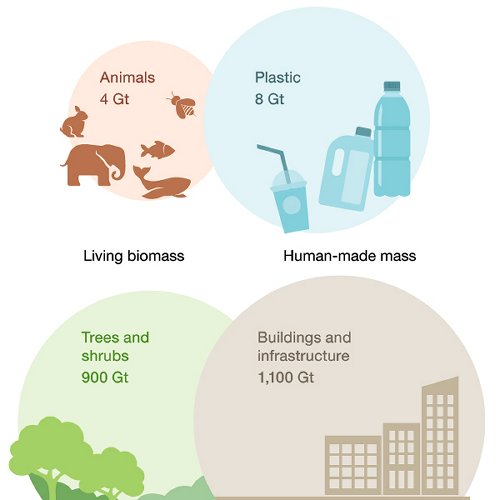A recent study conducted by a group of researchers from the Weizmann Institute of Science in Israel has estimated that the “anthropogenic mass” present on the planet has now exceeded the biomass, that is, all living organisms, whether plants or animals, present on Earth. By “anthropogenic mass”, the researchers mean “the mass of inanimate, solid objects made by humans and not yet demolished or put out of service.” In order to quantify it, the researchers used a very reliable and internationally recognised method, also used by the OECD (Organisation for Economic Co-operation and Development) and the European Union. For biomass, on the other hand, the researchers synthesised the estimates generated by different methodologies: inventories, modelling, remote sensing.





